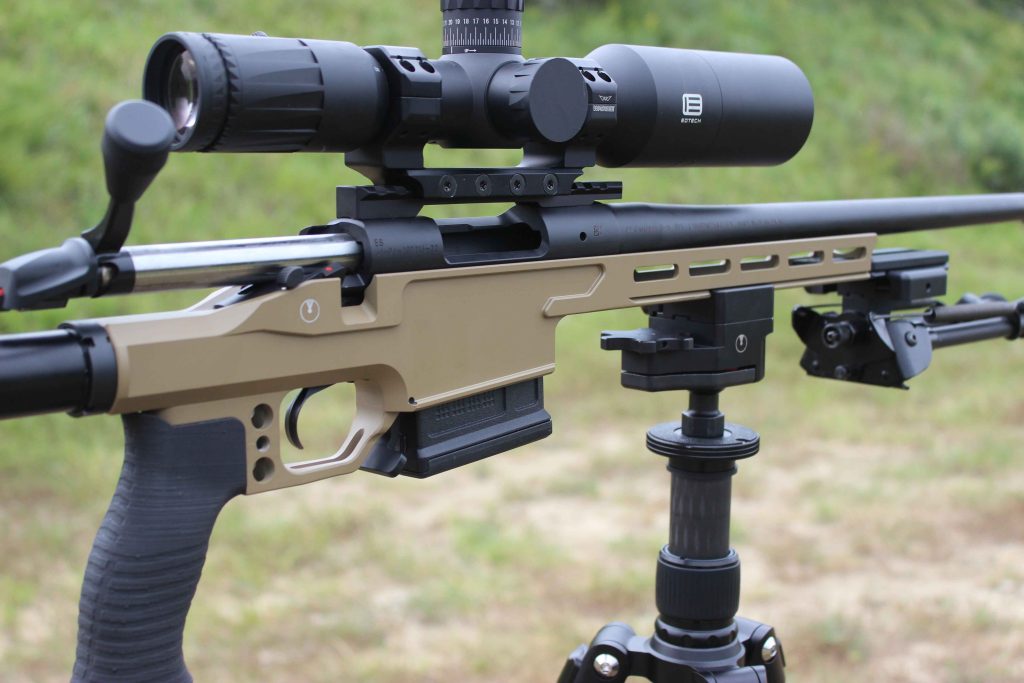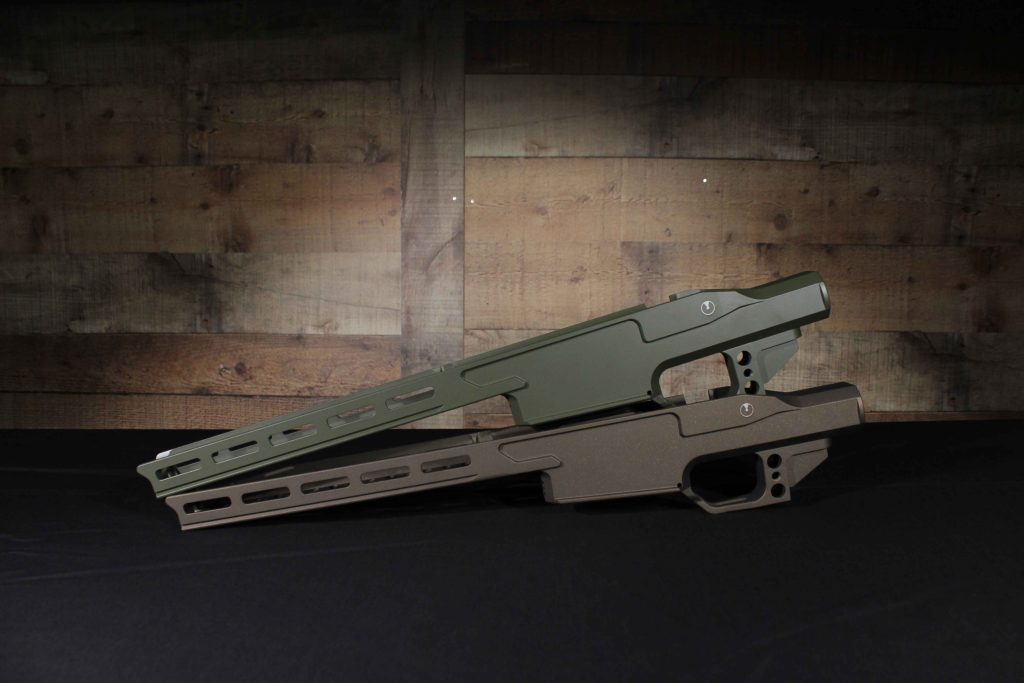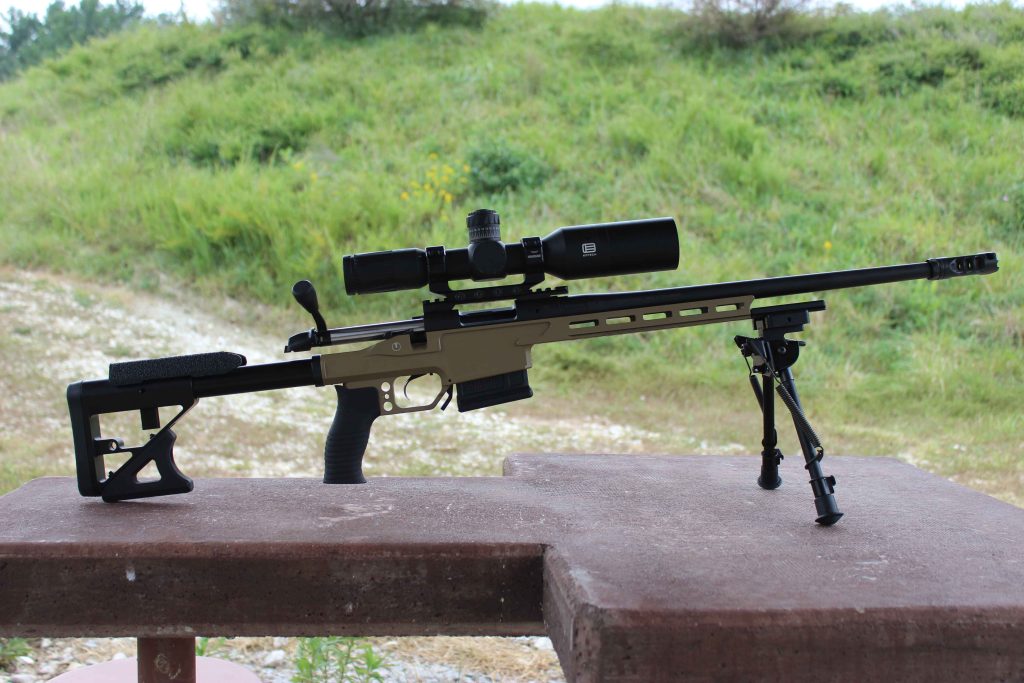Are Rifle Chassis Worth It?
Introduction
When enhancing the performance and ergonomics of your rifle, one option that often enters the discussion is the use of a rifle chassis. A rifle chassis is a modular system, typically made of aluminum or some other lightweight metal, that replaces the traditional wooden or polymer stock of a rifle, providing several advantages. However, the decision to invest in a rifle chassis may take convincing to someone who is unfamiliar with the product. In this comprehensive analysis, we’ll explore the benefits and drawbacks of using rifle chassis systems to help you decide if they are worth the investment.

Understanding a Rifle Chassis
A rifle chassis is a structured framework, typically precision machined, that holds the rifle’s action, barrel, and other key components. Unlike traditional stocks, which are mostly made of wood or polymer, rifle chassis systems are typically constructed from lightweight and robust materials such as aluminum, magnesium, or carbon fiber. The key components of a rifle chassis system include:
- Chassis Frame: This is the main structure that holds the action, barrel, and other components of the rifle. It may feature various attachment points for accessories such as grips, bipods, and in some cases buttstocks.
- Adjustable Components: Some rifle chassis systems come with adjustable buttstock features like the length of pull, cheek risers, and recoil pad adjustments. These adjustments allow the shooter to customize the fit and ergonomics of the rifle to their liking.
- Compatibility: Rifle chassis systems are designed to be compatible with a wide range of bolt-action rifle actions, allowing you to upgrade your existing rifle without the need for a complete overhaul. Find a chassis that is compatible with your action and it can be as simple as removing the action screws and dropping the barreled action into the chassis.

Benefits of Using a Rifle Chassis
- Improved Accuracy: One of the primary benefits of using a rifle chassis is the potential for improved accuracy. The rigid and stable design of a chassis can help minimize barrel harmonics and vibrations, resulting in more consistent shot placement. Most chassis systems also allow the barrel to be free-floating. This takes away any possibility of point of impact shift due to the stock making contact with the barrel.
- Customization: Chassis systems offer a high degree of customization. Shooters can adjust ergonomics to suit their individual preferences, improving comfort and accuracy.
- Accessory Attachment: Chassis systems often feature multiple attachment points for accessories like bipods, slings, weights, grips, night vision bridges, etc. This enhances the rifle’s versatility for various shooting situations.
- Modularity: Many chassis systems are designed to be modular, allowing shooters to change and upgrade components easily. This means you can switch out different stocks or grips without needing an entirely new rifle. You can also easily take on and off weight to use the same rifle build that you would use for a precision shoot, out in the field while hunting.
- Durability: Chassis systems are typically made from robust materials and finished with a durable outer layer such as anodize or cerakote, which can withstand rough handling and adverse environmental conditions better than traditional wooden stocks.

Drawbacks and Considerations
While rifle chassis systems offer numerous advantages, some shooters may find some drawbacks. Here are some potential considerations:
- Cost: High-quality chassis systems can be expensive. This upfront investment may deter some budget-conscious shooters, however, budget-friendly options do exist.
- Aesthetics: Some shooters prefer the classic look of a wooden stock and may find the modern appearance of a chassis less appealing. Luckily, since the switch from a stock to a chassis is as simple as two action screws, you will always have the option to take the rifle out of the chassis and put it back in the wooden stock if you desired.
- Fit and Ergonomics: While adjustability is a significant advantage, it can also be overwhelming. Shooters must spend time finding the right configuration to suit their body and shooting style.
- Compatibility: Not all rifle actions are compatible with every chassis system. It’s crucial to ensure that the chassis you choose is designed for your specific rifle.
Conclusion
Rifle chassis systems offer a host of advantages, including improved accuracy, customization, and durability. However, their worth is ultimately determined by your specific needs and preferences. If you are a dedicated shooter looking to enhance your rifle’s performance and tailor it to your liking, a chassis system may be a worthwhile investment. At the end of the day, evaluate your priorities and use this comprehensive analysis as a guide to determine if a rifle chassis is worth it for you.
